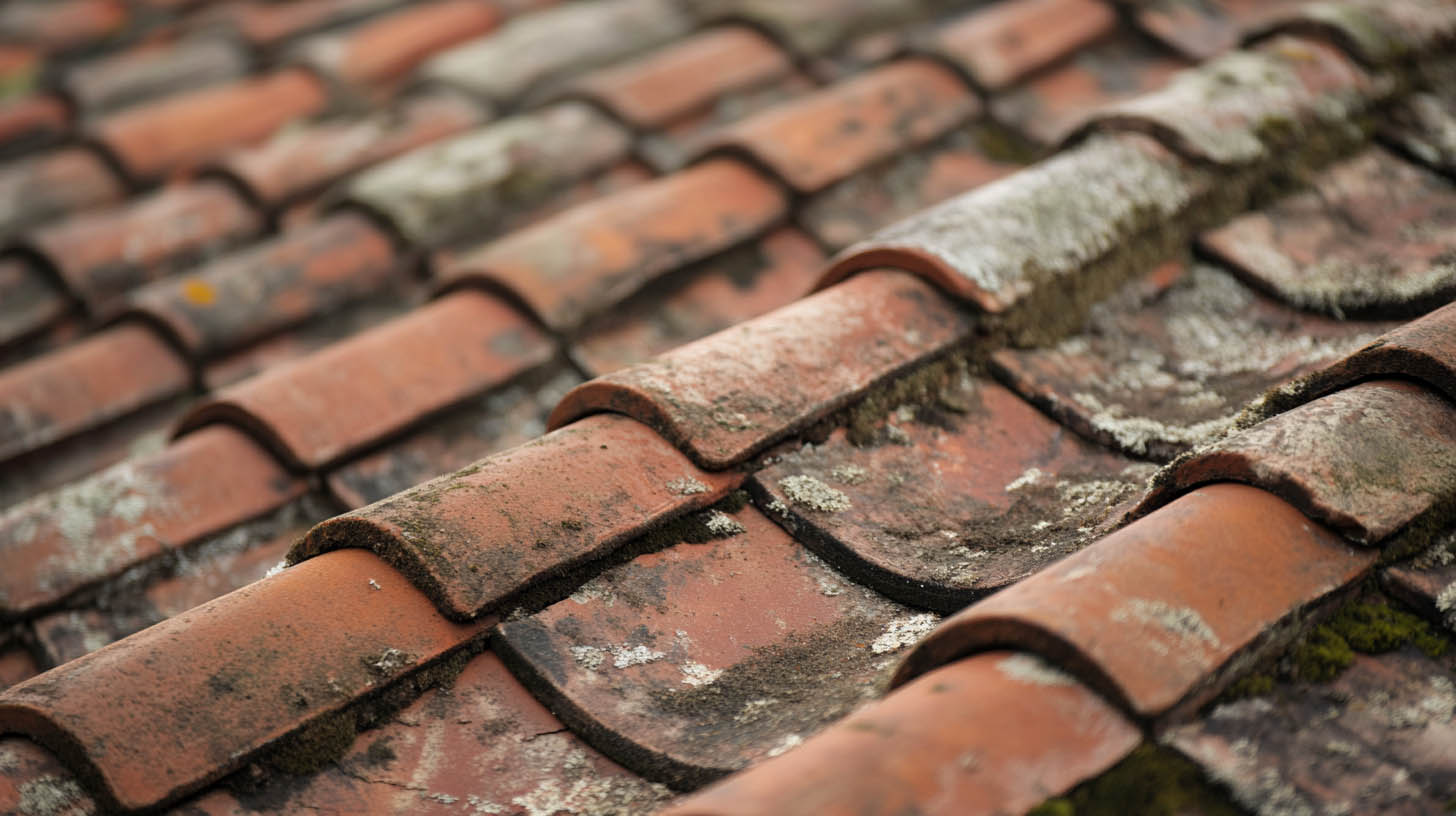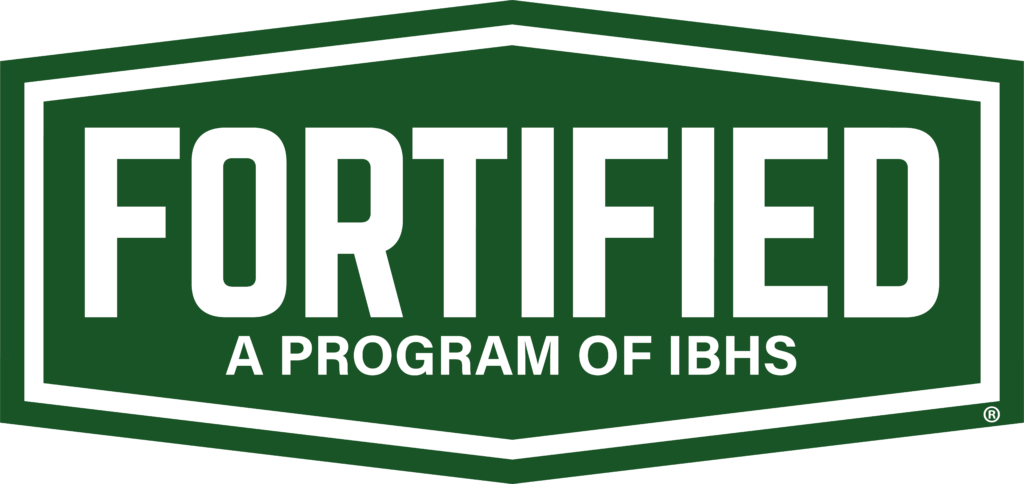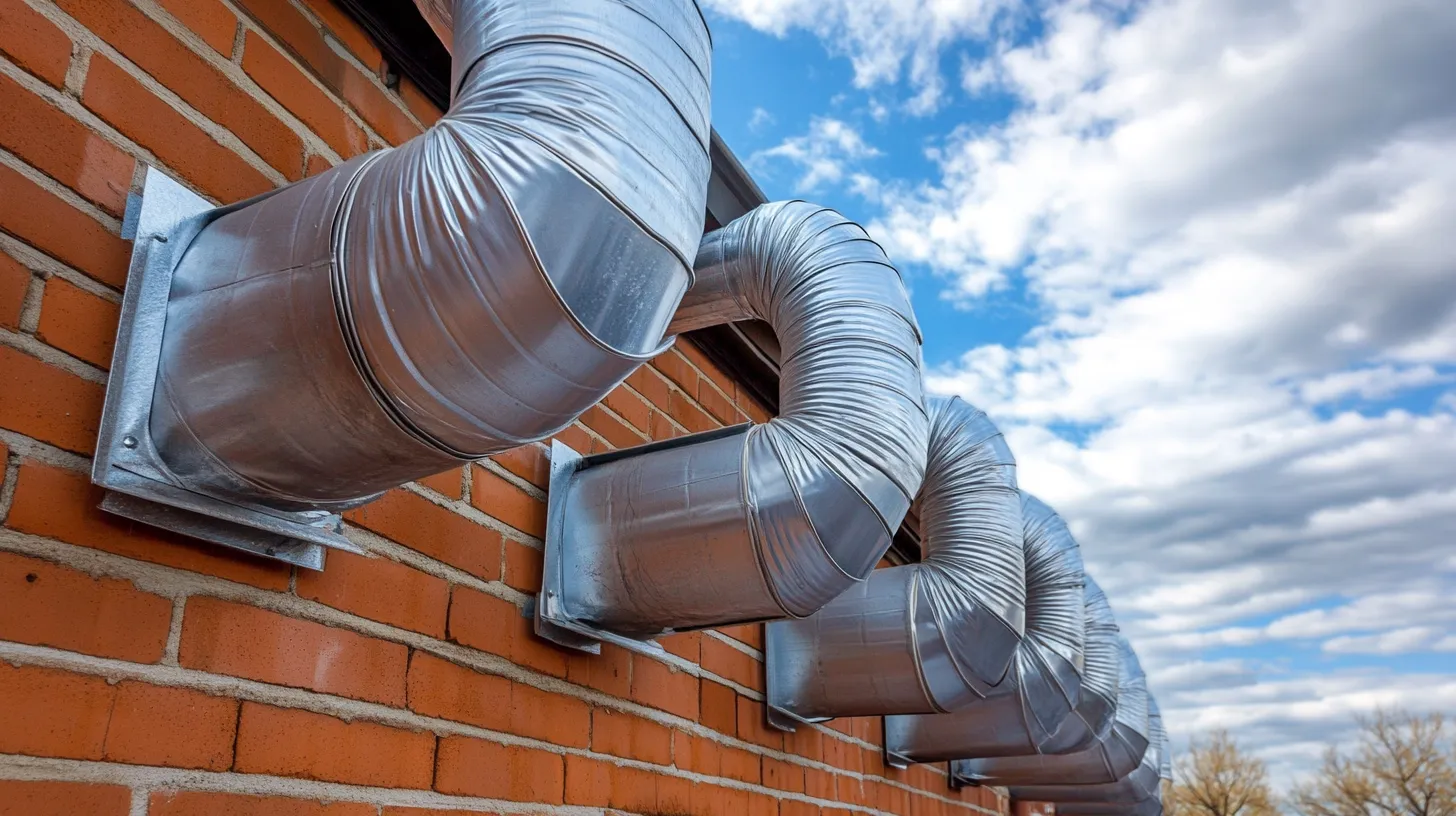
The Role of Attic Ventilation in the Hot Texas Climate
In the hot Texas climate, effective cooling and home comfort go beyond just your air conditioning system. Attic ventilation plays a crucial role in maintaining a comfortable temperature inside your home while protecting the structural integrity of your roof. By allowing a continuous flow of fresh air and expelling hot, humid air, proper attic ventilation contributes significantly to a cooler, healthier, and more energy-efficient living environment.
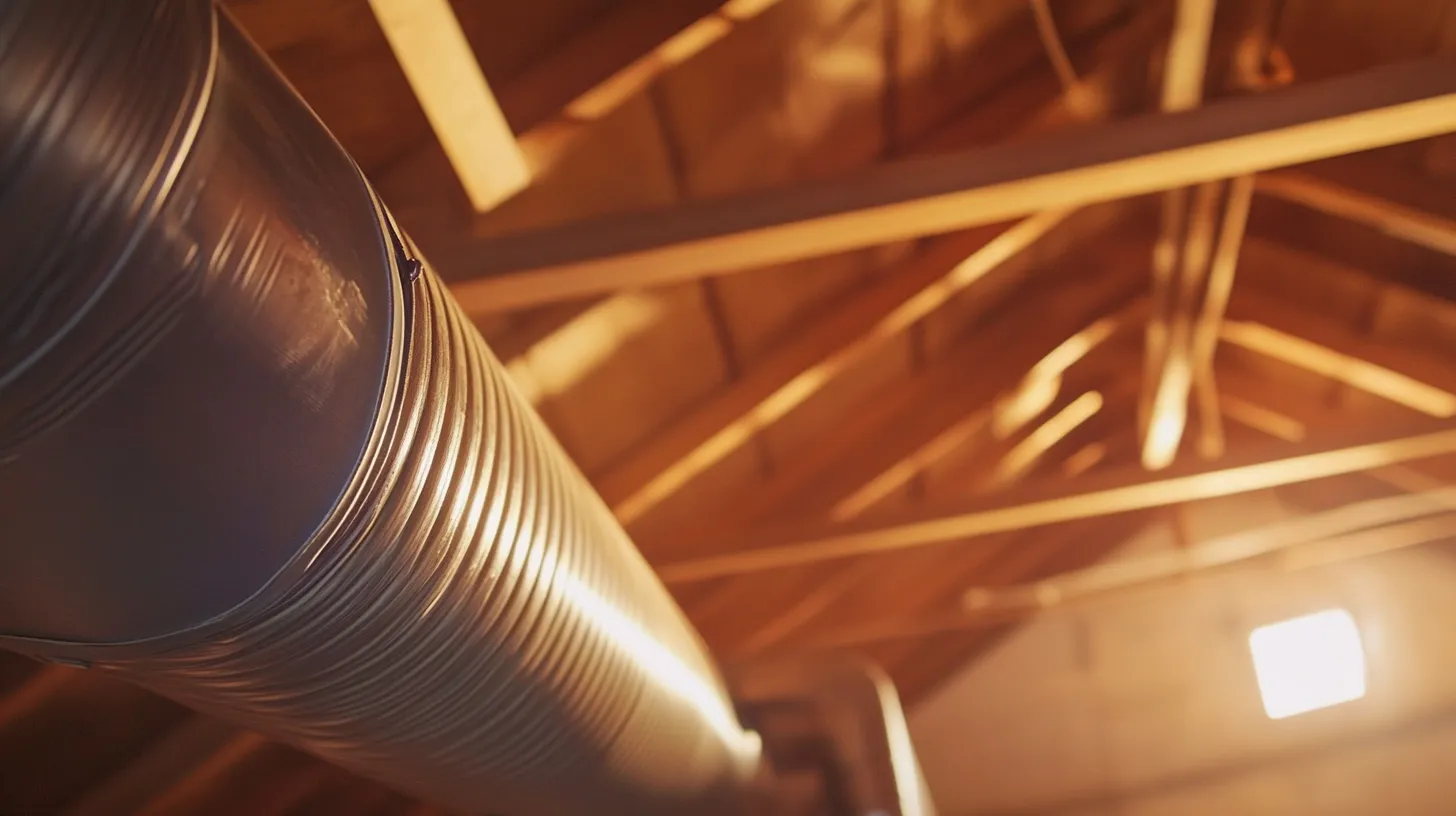
Understanding Attic Ventilation
Attic ventilation is the process of circulating air through your attic space to regulate temperature and moisture levels. It involves a system of intake vents, typically located at the lower part of the roof, such as soffit vents, and exhaust vents, usually positioned higher up, like ridge vents or gable vents.
This system creates a continuous airflow, allowing cooler, fresh air to enter through the intake vents while pushing out the hot, moisture-laden air through the exhaust vents. This cycle of air exchange is vital for preventing a host of potential problems caused by excessive heat and moisture buildup in the attic.
Importance of Attic Ventilation in Texas
Proper attic ventilation plays a crucial role in Stephenville, TX, where extreme heat can pose significant challenges. Without adequate airflow, the attic space becomes a heat trap, leading to costly repairs and potential structural damage. Effective ventilation helps regulate indoor temperatures, reducing the strain on your air conditioning system during the scorching summer months. By preventing heat buildup and moisture levels, ventilation solutions not only extend the life of your roof but also enhance the overall comfort and energy efficiency of your home.
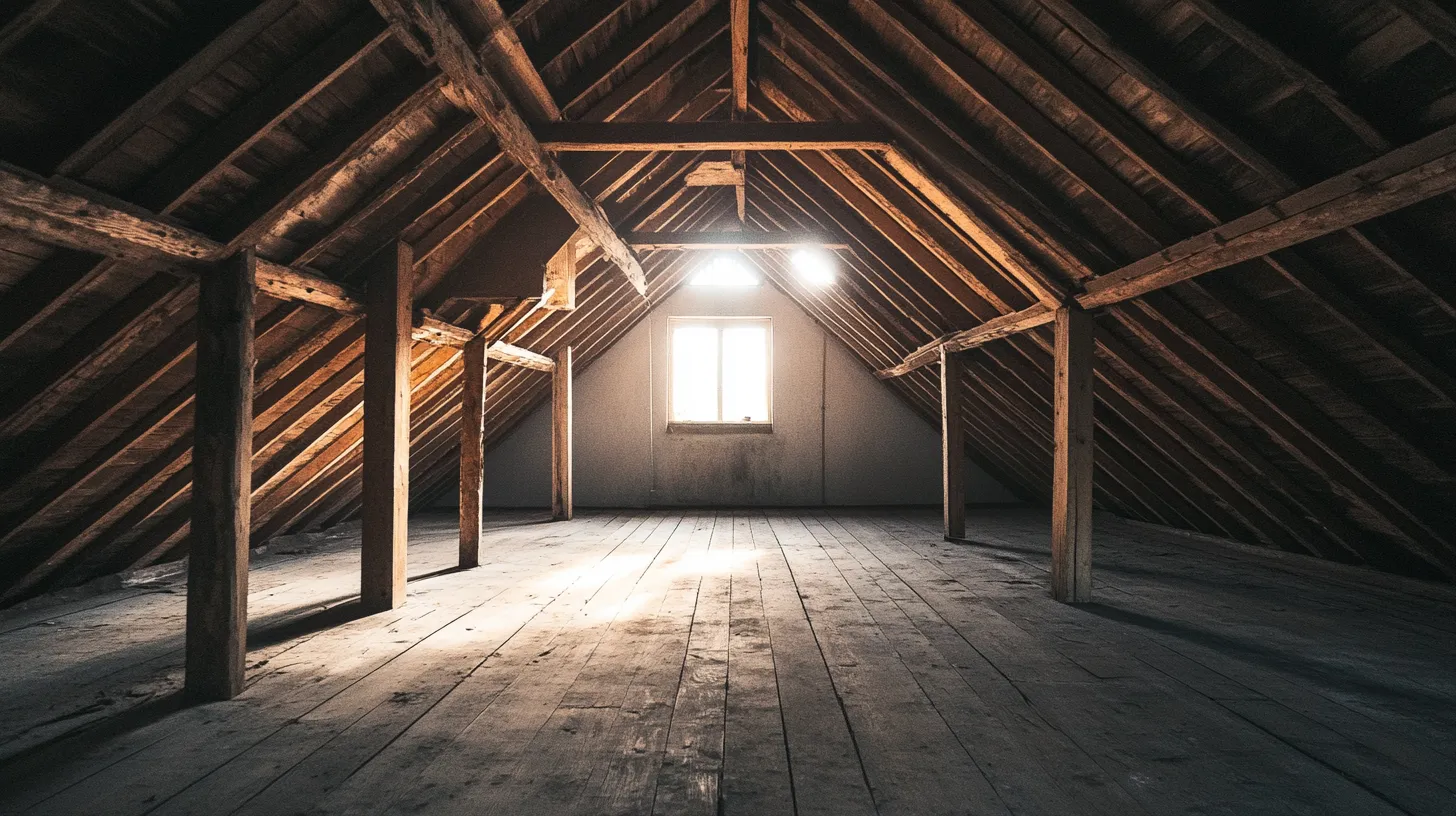
Basic Principles of Attic Airflow
Understanding the natural flow of air is key to grasping how attic ventilation works. Warm air, being lighter, naturally rises, while cooler air sinks. Attic ventilation utilizes this principle to create a consistent upward flow of air within your attic space.
Fresh air is drawn in through the intake vents located lower in the attic. As this cooler air enters the attic, it pushes the warmer air upwards towards the exhaust vents located at a higher point in the roof. The continuous movement of air prevents stagnation and avoids the accumulation of heat and moisture.
This balanced inflow and outflow of air are essential for an effective attic ventilation system. Without proper intake and exhaust vent placement and sizing, the system can be inefficient in regulating the attic’s environment.
Types of Attic Vents Suitable for Texas Homes
Texas homeowners have various attic vent types available to them, each with its own set of pros and cons. Ridge vents, solar-powered attic fans, and static vents are among the common choices for improving attic ventilation.
The key is choosing the right type of vent or a combination of vents best suited for your home’s design, roof structure, and specific ventilation needs. Consulting a professional roofing contractor can help determine the ideal ventilation solution for your Texas home.
Ridge Vents and Their Efficacy
Ridge vents play a pivotal role in maintaining the proper ventilation of your attic space. By allowing hot air to escape through the ridge of the roof, they promote the flow of fresh air, aiding in temperature regulation and reducing the risk of moisture buildup. These vents are highly effective in preventing heat damage and enhancing the structural integrity of your roof by preventing the formation of ice dams. Ridge vents are a crucial component in ensuring the longevity and efficiency of your attic ventilation system.
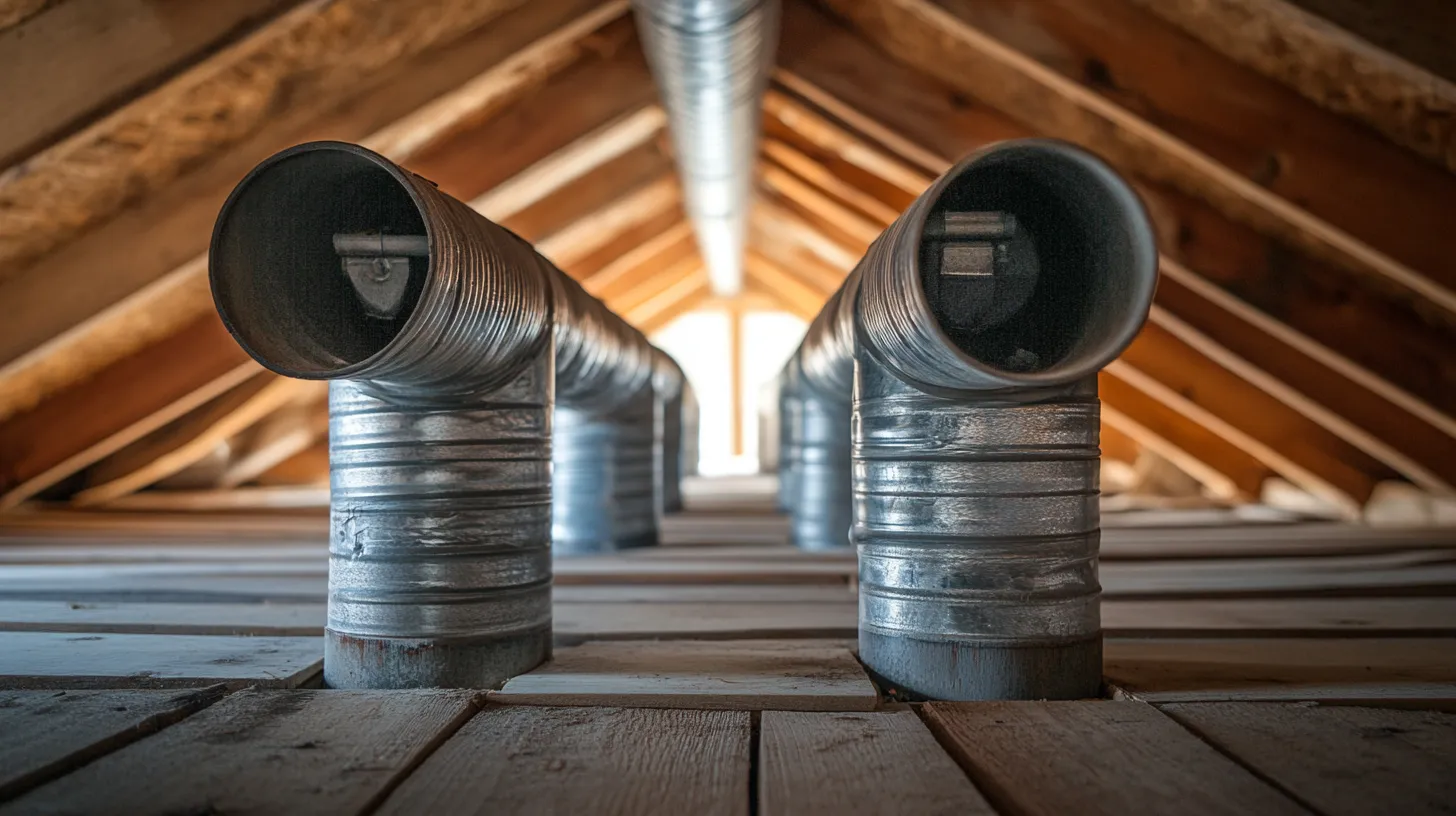
Solar-Powered Attic Fans
Solar-Powered Attic Fans utilize renewable energy to enhance attic ventilation effectively. By harnessing the power of the sun, these fans regulate attic temperatures, preventing heat buildup and moisture accumulation. This proactive approach not only maintains the structural integrity of your roof but also improves energy efficiency. Solar attic fans are a sustainable solution, reducing the reliance on electrical systems and lowering energy costs. Opting for these fans contributes to a cooler attic space and helps prevent costly roof damage and excessive heat in the hot Texas climate.
Static Vents: Pros and Cons
Static vents provide a cost-effective solution for proper attic ventilation. They promote airflow efficiency and help regulate attic temperatures. However, static vents may not be as effective in extreme heat conditions, such as those experienced in Texas, compared to powered ventilation options. While they contribute to maintaining the integrity of the roof and preventing moisture buildup, static vents rely on natural airflow and may not offer the same level of ventilation control as powered alternatives. Consider your specific needs before opting for static vents.
Benefits of Optimized Attic Ventilation
The benefits of a well-ventilated attic extend beyond just a cooler home during the scorching Texas summers. Optimized attic ventilation provides homeowners with tangible long-term advantages, including energy savings, prolonged roof lifespan, and a healthier living environment.
By addressing the root cause of heat and moisture buildup, a properly ventilated attic safeguards your home from potential structural damage, improves indoor air quality, and ensures your comfort all year round.
Energy Efficiency and Cost Savings
Proper attic ventilation plays a crucial role in enhancing energy efficiency and yielding substantial cost savings in the scorching Texas climate. By regulating attic temperatures, ventilation reduces the strain on your air conditioning, cutting down energy bills. It also prevents excessive heat buildup, safeguarding your roofing materials and structural integrity. Adequate ventilation mitigates the risk of moisture buildup, minimizing the formation of ice dams and potential water damage, ultimately extending the lifespan of your roof and lowering the need for costly repairs.

Preventing Heat and Moisture Damage
Proper attic ventilation is crucial in Texas to prevent heat and moisture damage. Inadequate ventilation can lead to excessive heat buildup and moisture levels, increasing the risk of structural damage and formation of ice dams. This can result in costly repairs and compromise the structural integrity of your roof. By ensuring a well-functioning attic ventilation system, you can effectively control the indoor temperature and moisture levels, preventing issues such as mold growth, wood rot, and water damage.
Enhancing Air Quality in Your Home
Proper attic ventilation plays a crucial role in maintaining indoor air quality. By allowing for the flow of fresh air and preventing the buildup of mold-inducing moisture, a well-designed ventilation system can significantly enhance the air you breathe. This not only creates a healthier living environment but also reduces the risk of potentially harmful pollutants lingering in your home, ensuring a comfortable and safe atmosphere for you and your family.
Professional Installation and Maintenance
While some homeowners opt for DIY attic ventilation improvements, it’s often recommended to consult with a professional roofing contractor for proper assessment, installation, and maintenance. Professionals possess the expertise to determine the right type of vents, their optimal placement, and the correct sizing to ensure effective ventilation for your specific attic space.
They can also identify any underlying issues that might hinder proper airflow, such as insulation problems or duct leaks, and recommend appropriate solutions. Regular maintenance checks by professionals can further ensure that your attic ventilation system functions optimally year-round, providing lasting benefits for your home.
Choosing the Right Ventilation System
Choosing the most effective attic ventilation solution for your home in Stephenville, TX on various factors, including the age of your home, the type and pitch of your roof, the size of your attic, and your budget. A professional roofing contractor can assess your home’s specific needs and recommend the best solution.
For instance, homes with inadequate existing ventilation might benefit from adding a combination of ridge vents and soffit vents to establish a continuous airflow. Homes with limited roof space for passive ventilation might require powered attic fans to enhance air circulation.
A professional assessment considers all these variables, ensuring that the chosen ventilation system effectively addresses your home’s unique characteristics and provides optimal performance.

Installation Best Practices by DT Roofing
When it comes to attic ventilation, ensuring proper installation is key to maintaining the structural integrity of your roof. DT Roofing advocates for a thorough professional assessment before selecting an attic ventilation system. Implementing the right ventilation solutions is crucial for temperature regulation in the hot Texas climate. DT Roofing emphasizes the importance of passive ventilation methods like ridge vents and solar-powered attic fans to prevent heat and moisture damage. Routine maintenance and expert installation practices by DT Roofing can significantly extend the life of your roof.
Routine Maintenance Tips
Routine maintenance of your attic ventilation system is crucial for the longevity and efficiency of your roof. Regular inspections can help identify any issues early on, preventing costly repairs in the future. Keep an eye out for signs of moisture buildup or inadequate airflow, which could lead to structural damage. Ensure proper airflow by clearing any obstructions around vents and fans. Performing routine maintenance will not only extend the life of your roof but also improve the overall indoor air quality in your home.
Connect With Us
In conclusion, optimizing attic ventilation is crucial in the hot Texas climate for energy efficiency, preventing damage, and enhancing air quality. Understanding the types of vents suitable for Stephenville, TX homes, such as ridge vents, solar-powered fans, and static vents, is vital. Professional installation and routine maintenance ensure optimal performance. If you’re looking to enhance your home’s comfort and longevity while saving on costs, consider investing in a well-designed attic ventilation system. For expert advice and quotes, reach out to professionals like DT Roofing for efficient solutions tailored to your needs.
Frequently Asked Questions
How does attic ventilation impact roof lifespan?
Proper attic ventilation significantly extends roof lifespan by preventing heat and moisture buildup, which can cause structural damage and premature deterioration of roofing materials. Regular maintenance ensures ventilation effectiveness, addressing your overall roofing needs proactively.
Should attic vents be closed in summer?
No, attic vents should always remain open, especially during summer. Keeping them open allows for proper ventilation, drawing in cooler air and expelling excessive heat, which is vital for temperature regulation within your attic space.
Do attic fans help in Texas?
Yes, attic fans are particularly helpful in Texas, especially during the scorching summer months. They actively expel trapped hot air, preventing your attic from becoming a heat trap and reducing strain on your AC, ultimately lowering energy costs.
Read more in our blog: Why Metal Roofs Are Becoming the Norm for Strip Malls Across Texas


